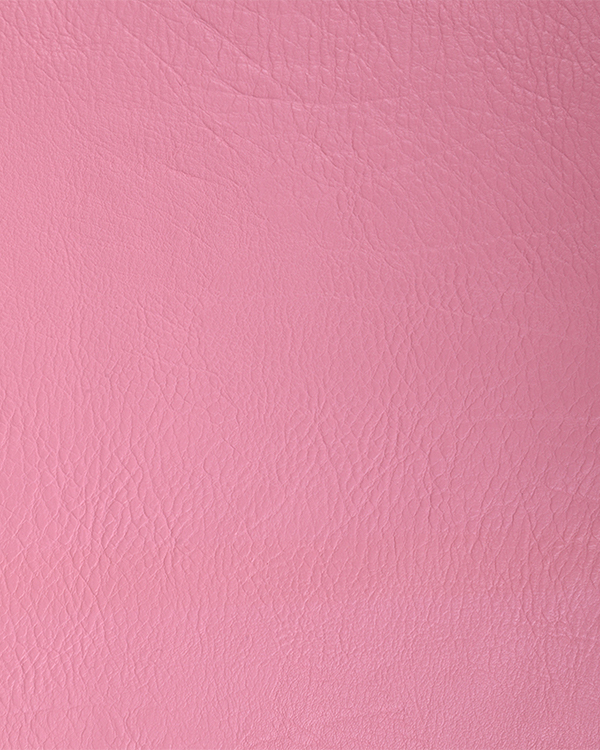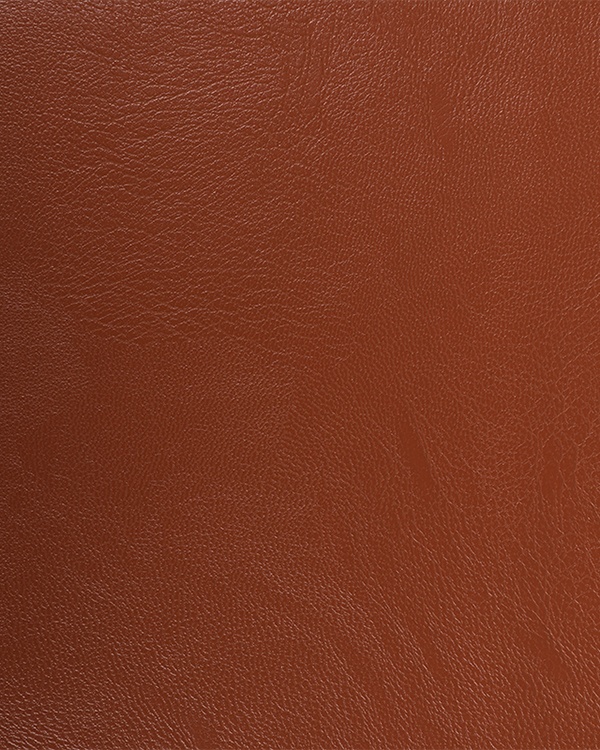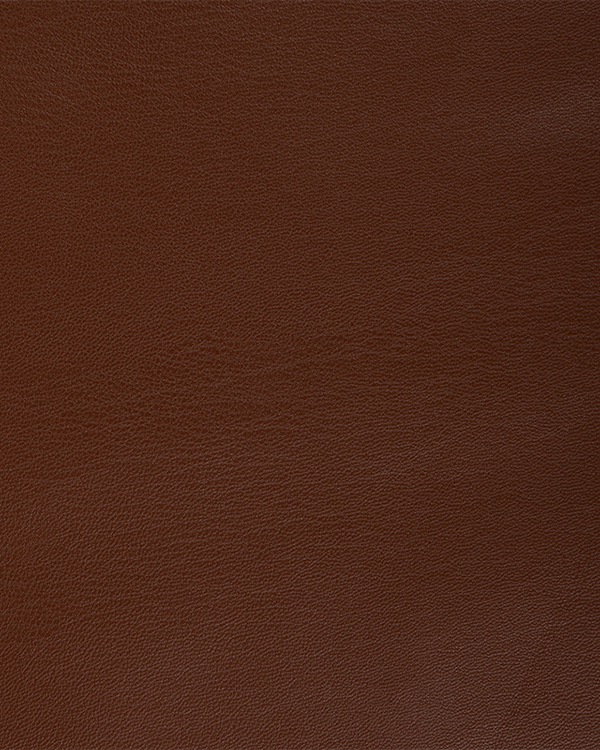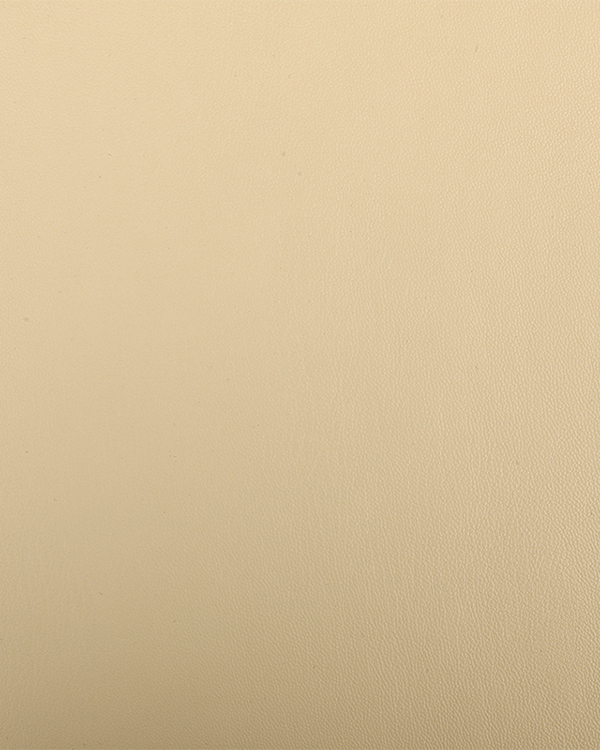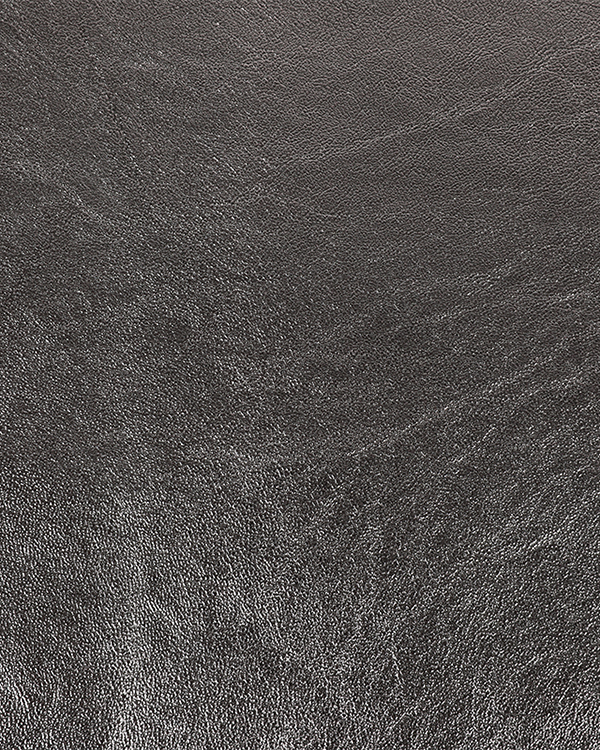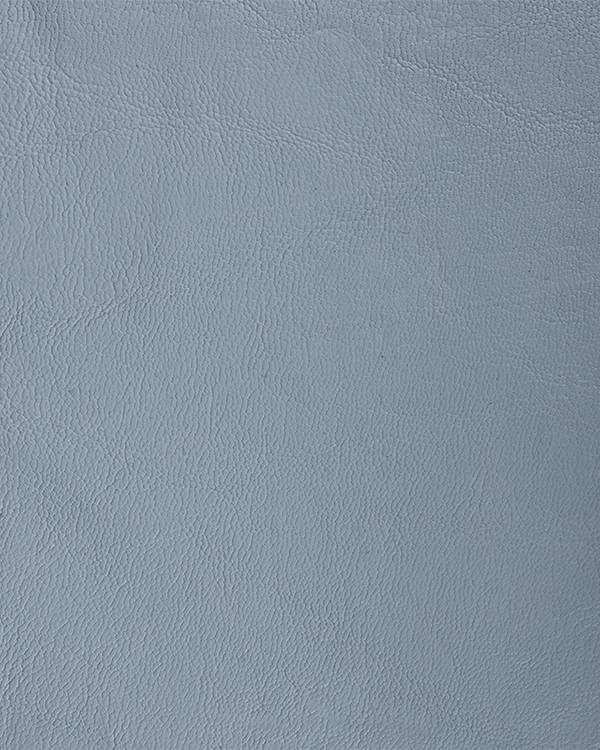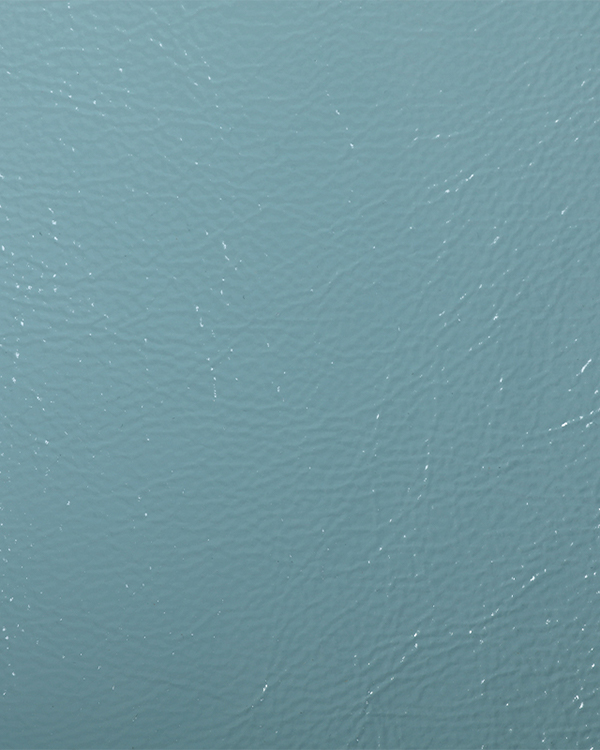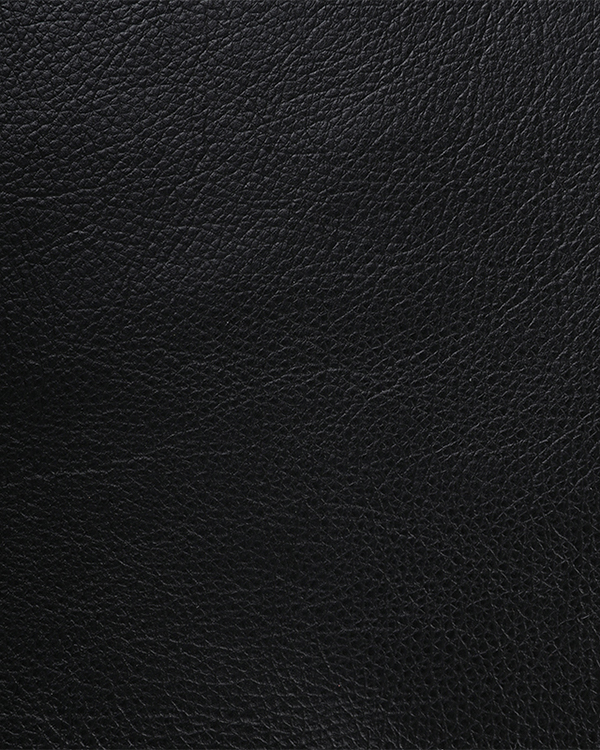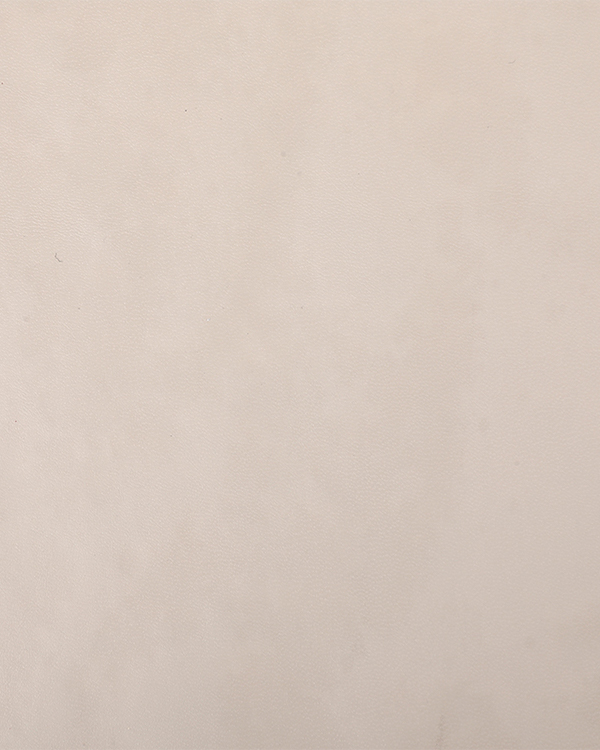Many people compare water-based PU leather with traditional oil-based PU leather, so what is the difference between water-based PU leather and oil-based PU leather? A lot of people don't really understand.
In fact, water-based PU leather and traditional oil-based PU leather are two completely different material components.
First of all, we need to understand what is PU, PU is the abbreviation of Polyurathane, the Chinese name is polyurethane.
Water-based PU leather is composed of water-based polyurethane resin, which uses water instead of organic solvents. The production process is non-polluting, non-toxic, and free of harmful chemicals such as DMF, zero VOC, and green.
The traditional solvent-based PU leather is composed of polyurethane, which contains a large amount of organic solvents, such as DMF, DOP, and other harmful chemicals. The production process discharges sewage and causes serious pollution. At present, Europe and the United States and other countries have put an end to the use of PU leather containing DMF substances.
The advantages of water-based PU leather
Environmentally friendly, non-toxic, no peculiar smell
good breathability
Wear-resistant, scratch-resistant and high-temperature resistant, good physical properties
Zero VOC
Does not contain DMFa, DMFu, phthalates, PAHs, APEO, azo, PBA and other harmful chemicals.
Meets the highest environmental standards in the industry (REACH, ZDHC, etc.)
Disadvantages of traditional oily PU leather
Not environmentally friendly, contains toxic chemicals DMF, formaldehyde, etc.
Odor and poor ventilation.
Emissions of large amounts of harmful volatile substances (VOCs)



 English
English Español
Español
